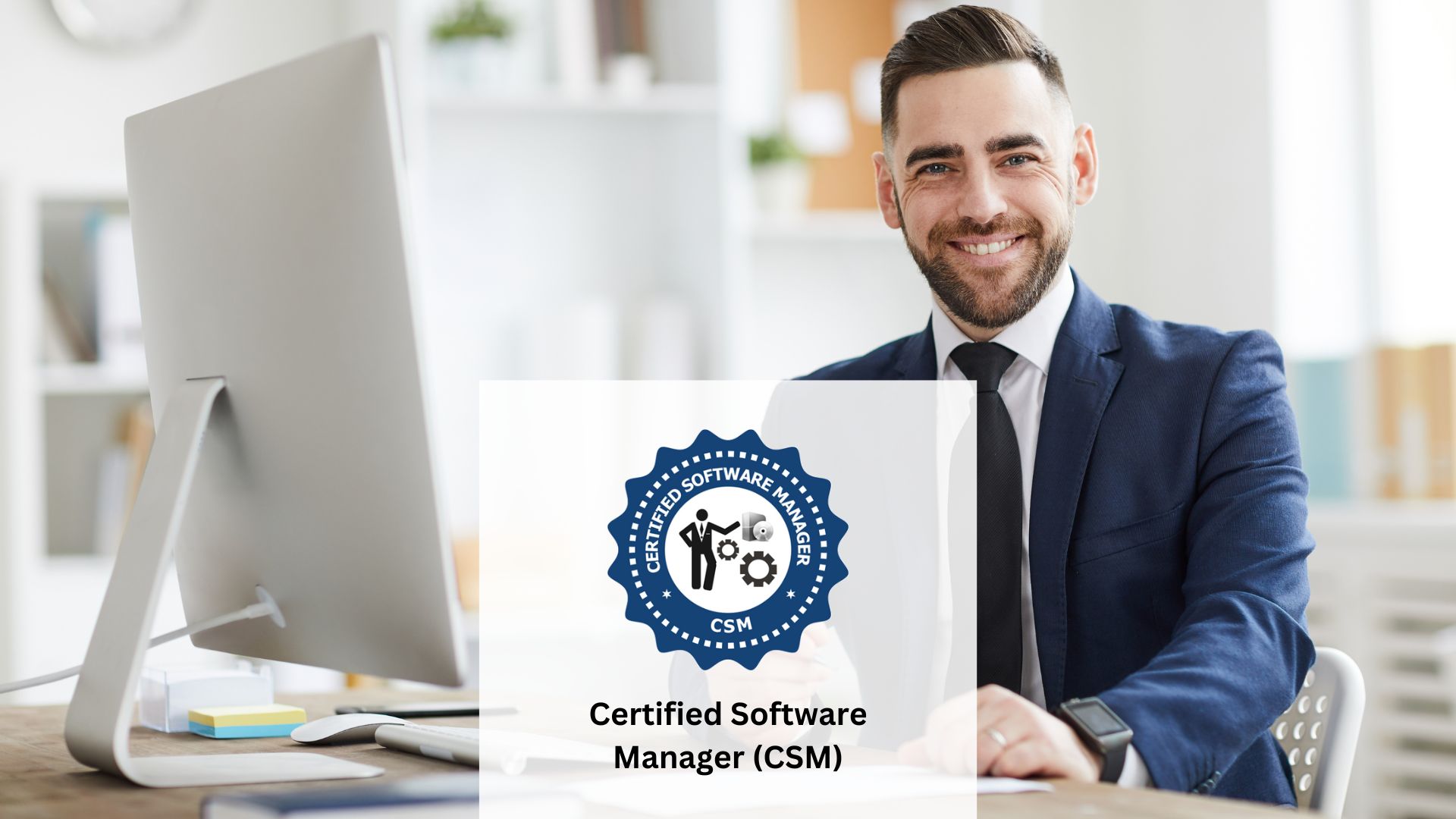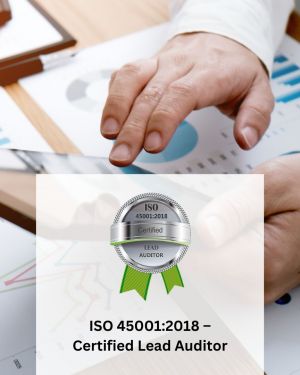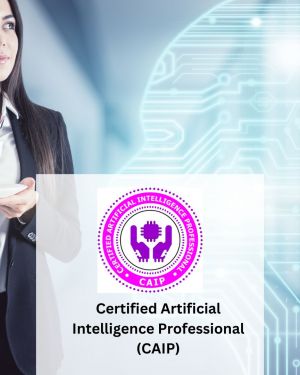The Certified Software Manager (CSM)® is a globally recognized professional designation in IT Asset Management (ITAM). This certification equips professionals with the ability to align financial, contractual, and inventory functions to support life cycle management and strategic decision-making for IT assets.
IT assets include both hardware and software elements, and effective management ensures organizations remain compliant, cost-efficient, and productive. IT Asset Management (also known as IT Inventory Management) helps businesses eliminate unnecessary purchases, reduce risks, and maximize the legal use of software.
With the CSM® certification, candidates gain expertise in diagnosing, resolving, and managing complex software licensing issues, including piracy prevention, copyright law compliance, licensing models, and audit management. The course also emphasizes software project management, communication planning, and quality assurance — making it one of the most comprehensive SAM certifications available.
Key Benefits of CSM® Certification
-
Gain global recognition as a Software Asset Management professional
-
Master compliance with software licensing and copyright law
-
Learn to prevent internal & external software piracy
-
Improve IT cost efficiency by reducing unnecessary purchases
-
Develop a software management plan aligned with business strategy
-
Enhance career opportunities in IT Operations, Compliance, Licensing, and Procurement
Course Details
-
E-Course Duration: 30–35 Hours
-
Exam Pattern: 40 Multiple Choice Questions (80% passing – 32 out of 40 correct)
-
Exam Duration: 60 Minutes
-
Exam Format: Online, non-proctored, available anytime within 8 months
-
Exam Attempts: 2 attempts per voucher (additional vouchers available for purchase)
-
Certification Validity: Lifetime
Course Outline
Module 1 – Foundation
-
Introduction to Software Asset Management (SAM)
-
Objectives & Structure of SAM
-
SAM Technologies, Controls, Risks, and Drivers
-
Benefits of Implementing SAM
-
Implementation Approaches & Industry Standards
-
Key Success Factors (KSFs) in SAM
Module 2 – Understanding Copyright Law
-
Intellectual Property vs Copyrights
-
Rights Protected by Copyright (Economic, Translation, Adaptation)
-
Limitations, Exceptions, and Duration of Copyright
-
Ownership, Transfer, and Enforcement of Rights
-
Related Rights
Module 3 – Software Piracy: The Problem Defined
-
What is Software Piracy?
-
Piracy Regulations & End User License Agreements (EULA)
-
Types and Dangers of Software Piracy
-
Software License Compliance (What, Why & How)
Module 4 – Software Licensing
-
Importance of Software Licensing
-
Open-source, Public Domain, Permissive, Restrictive, and Proprietary Licenses
-
Subscription vs Perpetual Licensing
-
User, Publisher, Device, and Network Licensing Models
-
Metered/Consumption-based Licensing
-
Shareware & Freeware
-
Benefits of Software Management
-
Components of a Software License Agreement
Module 5 – Anti-Piracy Actions
-
Internal vs External Software Piracy
-
Preventive Measures for Internal & External Piracy
-
IT Compliance: Legal Requirements for Businesses
Module 6 – Developing a Software Management Plan
-
Software Project Management Overview
-
Building a Management Plan
-
Waterfall vs Agile Development Lifecycles
-
Benefits of Agile Development
Module 7 – Communicating the Plan
-
Writing & Using a Software Management Plan
-
Role of Intellectual Property & Governance
-
Policy Management Software
-
Importance of Project Communication
Module 8 – Audit Management & Software Quality Assurance (SQA)
-
Audit Management Software & Systems
-
Audit Solutions and Reviews
-
Implementing Quality Assurance in Test Management
-
SQA Best Practices
Target Audience
-
IT Infrastructure Teams & Managers
-
IT Asset Management (ITAM) / IT Service Management (ITSM) Teams
-
Software Asset Management (SAM) Professionals
-
IT Operations Management Teams
-
Software License Management Professionals
-
Software Procurement Specialists
-
Software Contract Managers & Negotiators
-
Software Compliance Officers
-
Legal & Compliance Professionals








